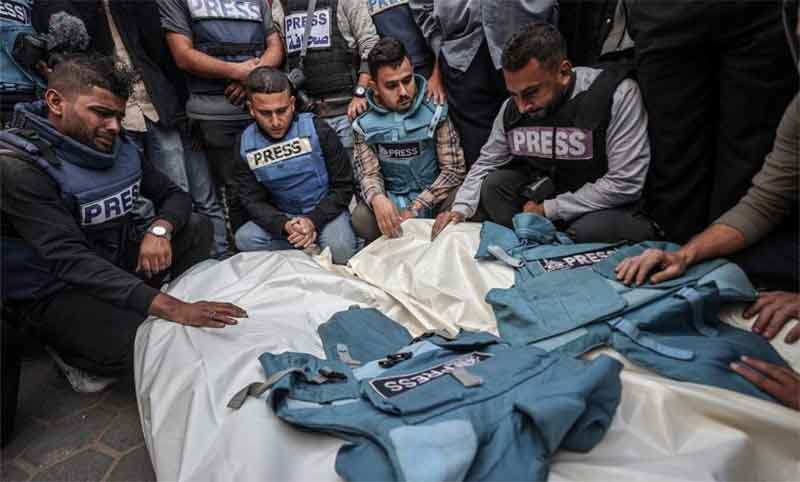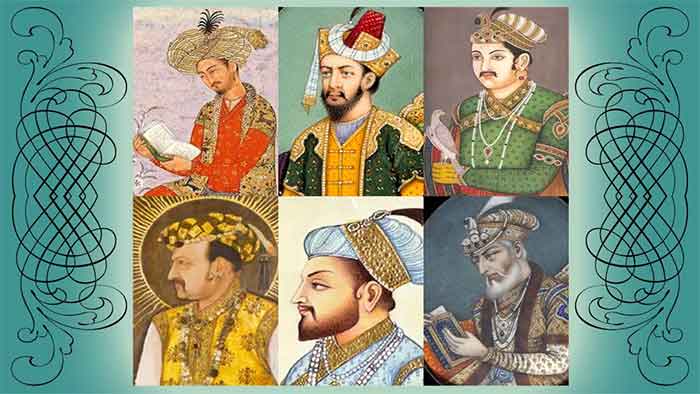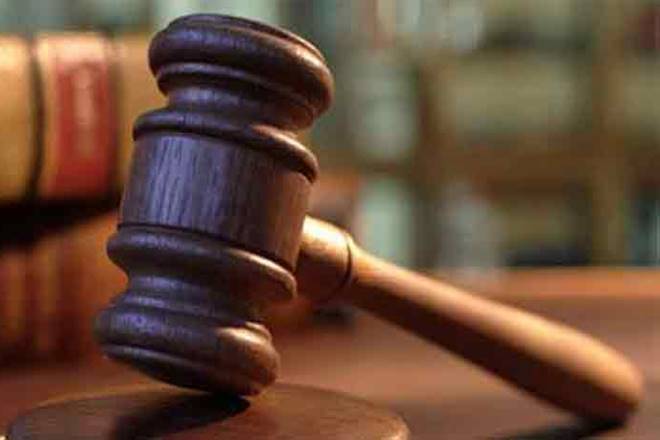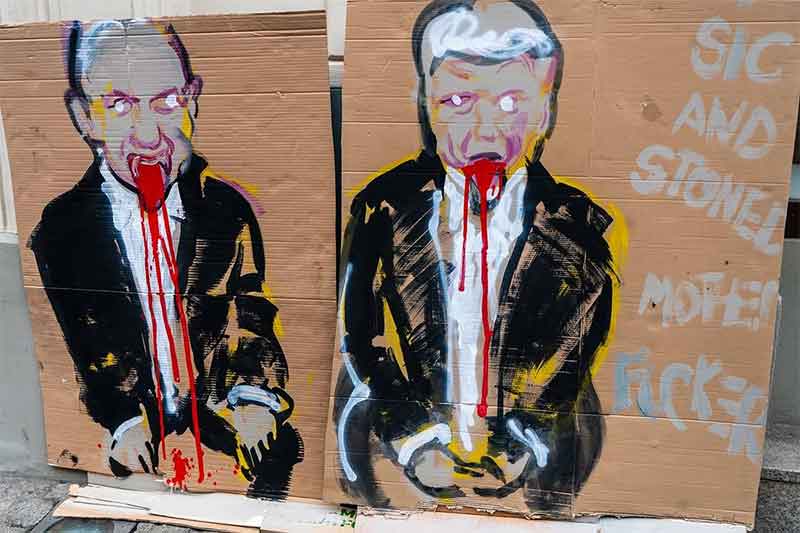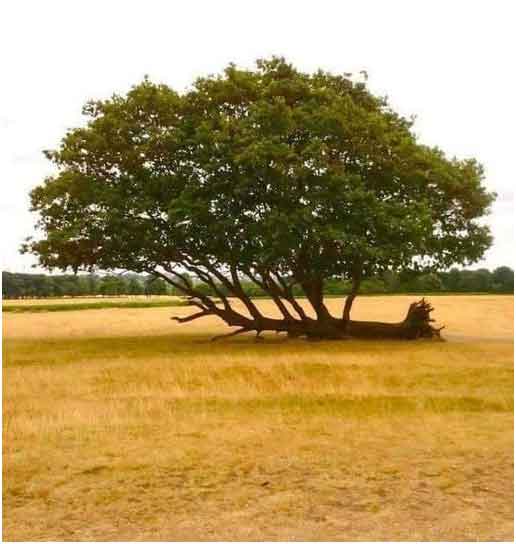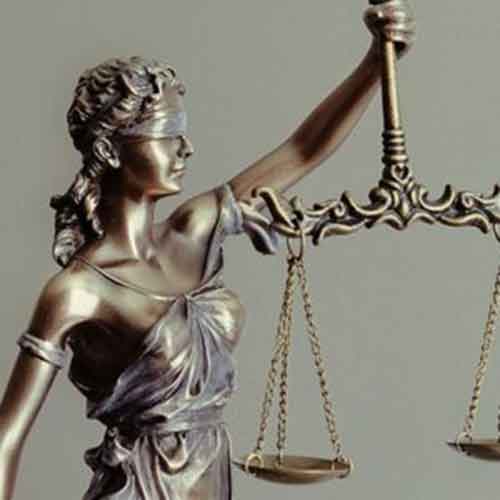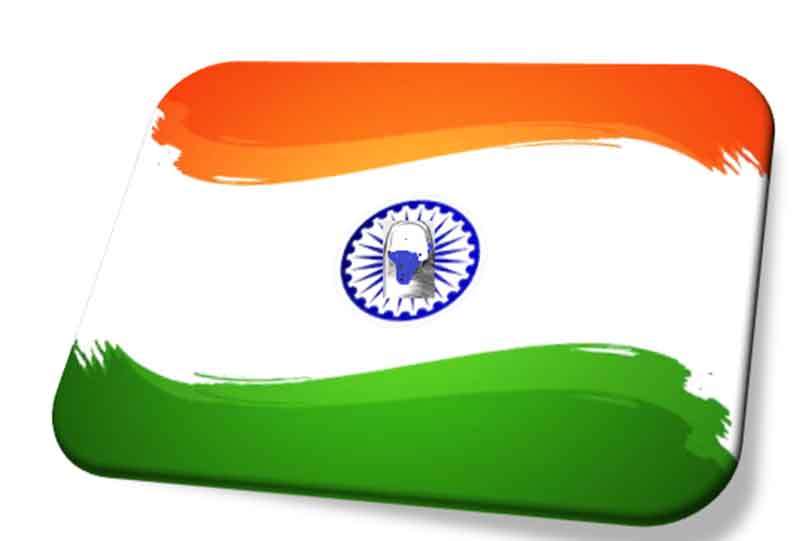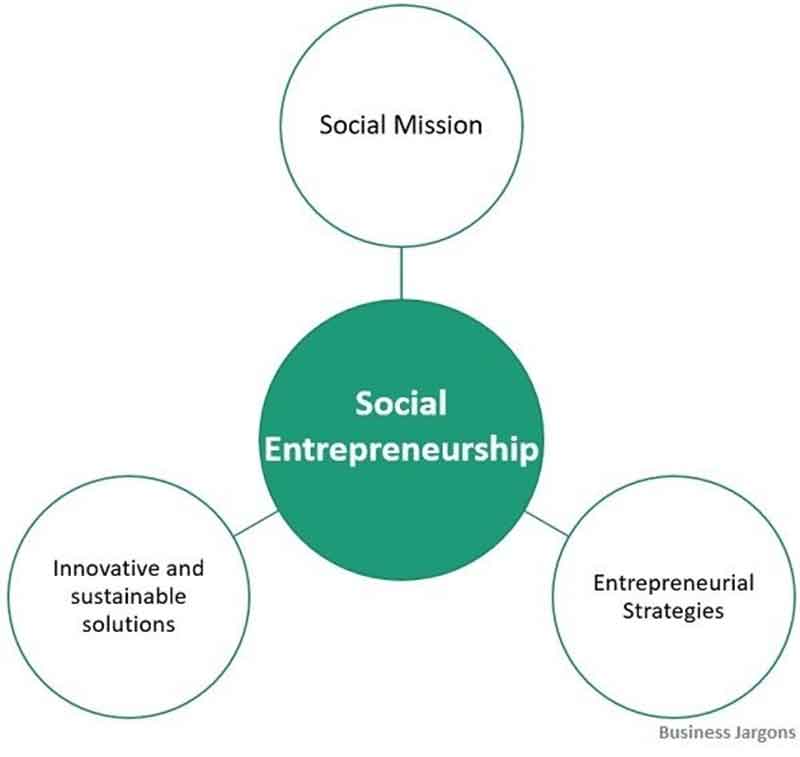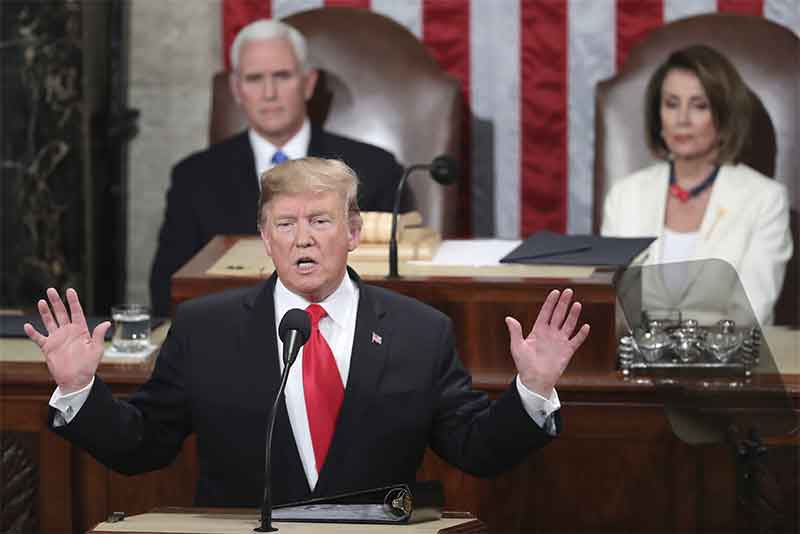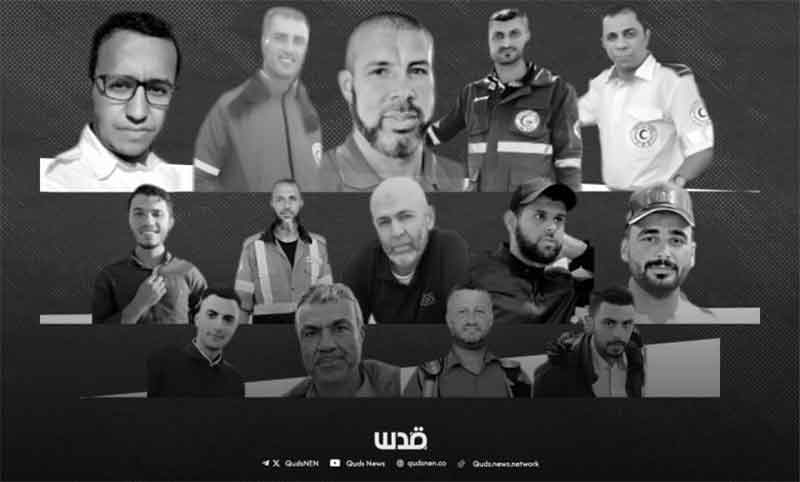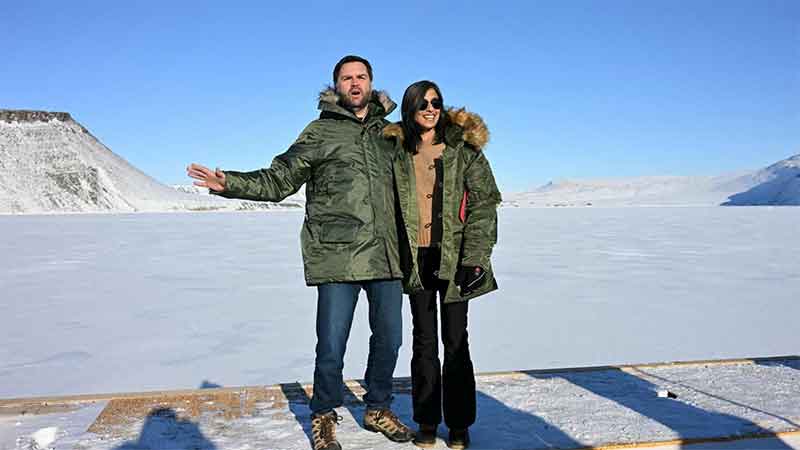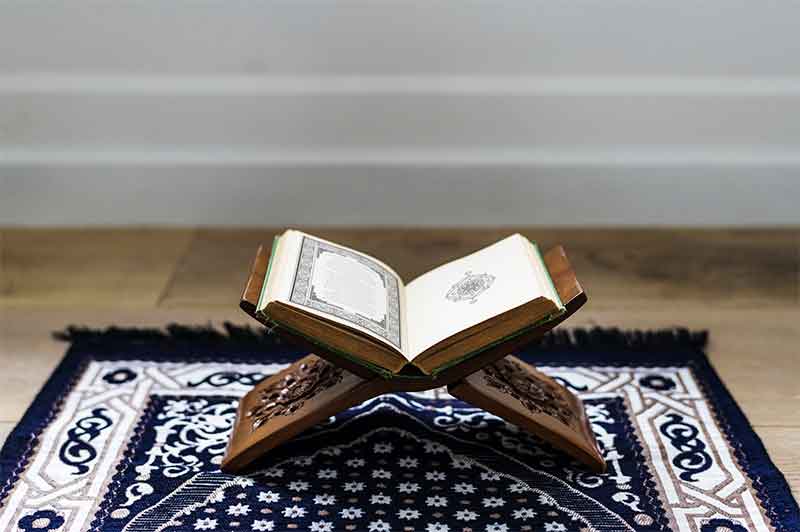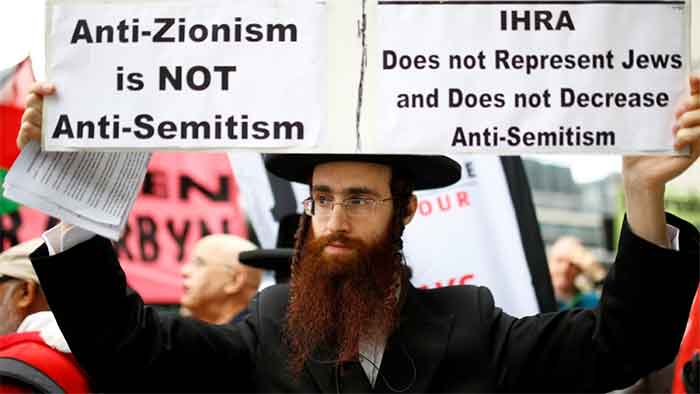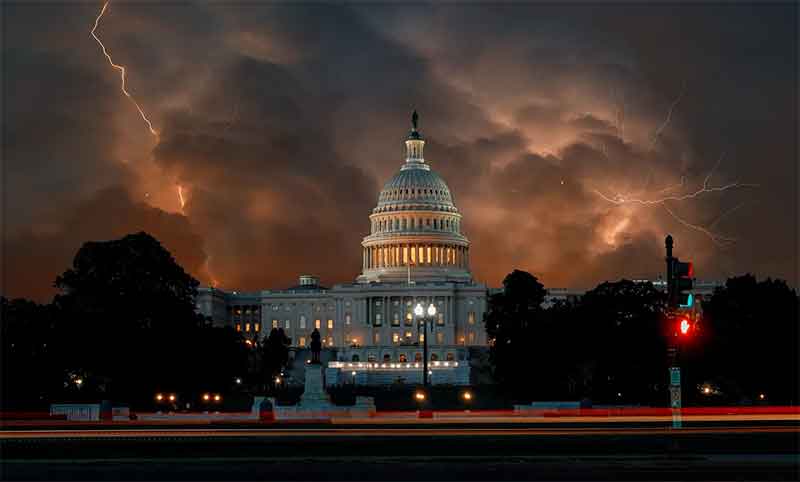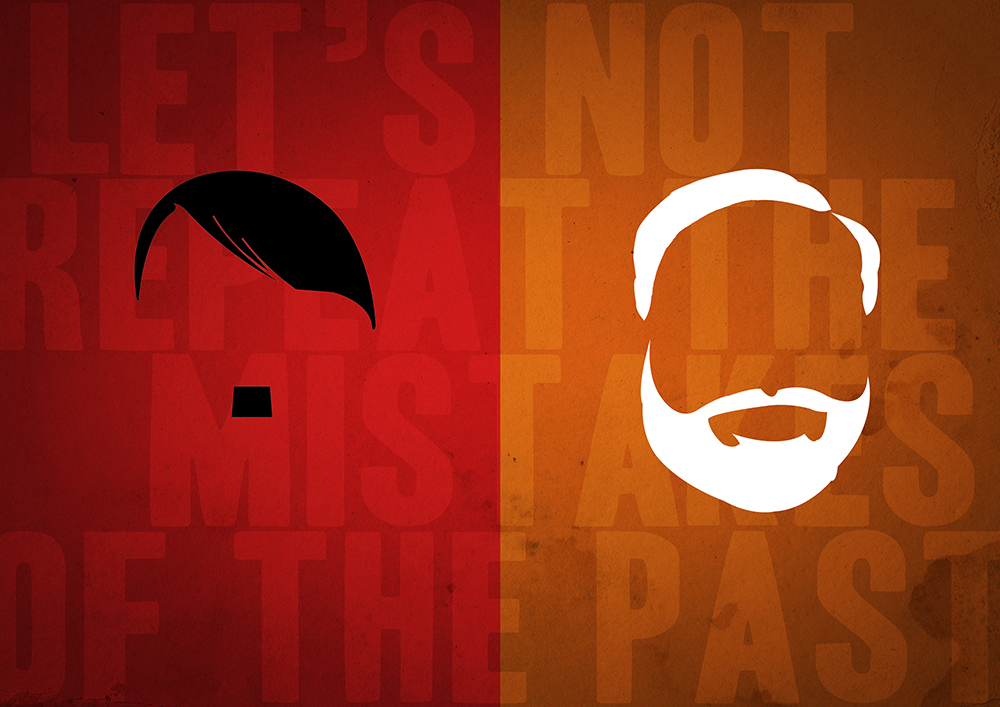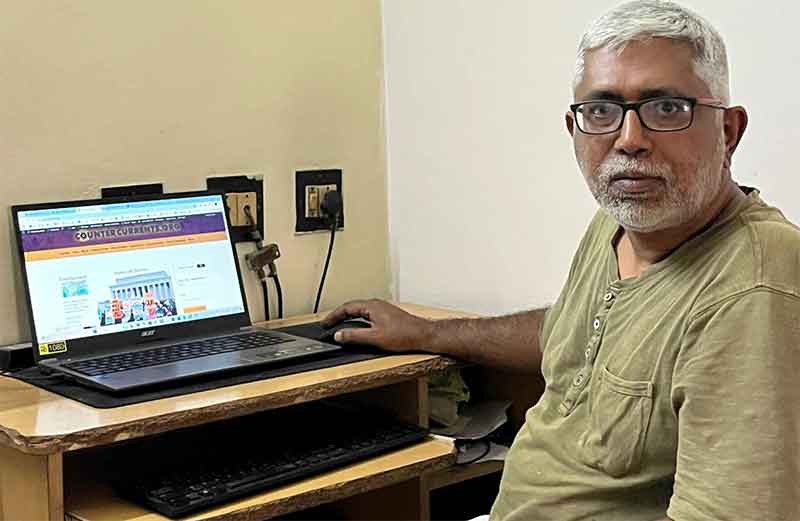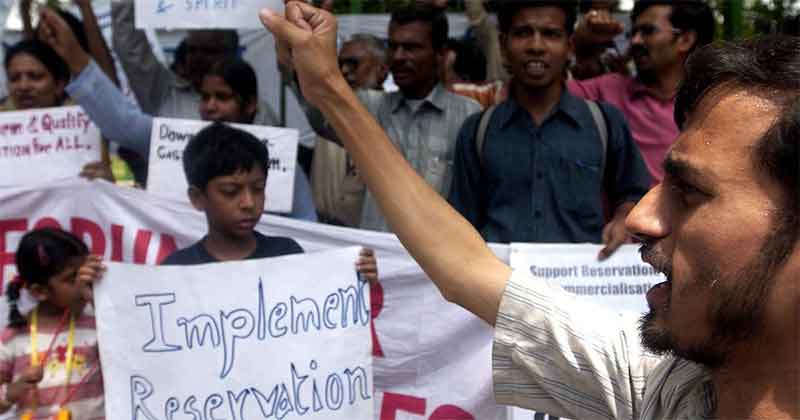
The name is State of Punjab v Davinder Singh, citation 2024 INSC 562. The question is: how long do the reservations or quota or quota within quota go on? (See for details: Sub-Classification Within Reserved Categories, Validity of Sub-Classification Within Reserved Categorieshttps://www.scobserver.in/reports/sub-classification-within-reserved-categories-judgement-summary/
Reservations called ‘quota’ in education, and employment among the Government have been there since 1950. It was originally for 10 years. It should have been closed after a decade. But it went on to be extended, as it was extended in 2020. In Andhra Pradesh and Punjab Scheduled Casts were classified as A, B, C, and D. The journey of such categorization was questioned before the judiciary. Finally, the Supreme Court has accepted it on 1August 2024.
The very important issues: a) Can states sub-classify Scheduled Castes (SC) to ensure greater reservations of some SC groups over others? b) Is the exclusion of sub-classification within the Scheduled Caste and Scheduled Tribe categories invalid when the same is permitted for the Socially and Educationally Backward categories? c) Was the SC’s 5-Judge Bench in E.V. Chinnaiah v State of Andhra Pradesh incorrect?
All three very important cases have dealt with the topics and dynamics of the Constitution of India: Affirmative Action, Caste, Economic Reservations, Equality, EWS, Indra Sawhney, Reservation, Right to Equality, Scheduled Caste, Scheduled Tribe, etc.
The decision is: the Supreme Court held that sub-classification of the SC and ST categories is permissible and states have the power to create these sub-classifications in case 2024 INSC 562.
| Article 14 recognizes two expressions: equality before the law and equal protection of laws. The former means that there are no special privileges for any individual within the territory. It does not, however, “mean that the same law should apply to everyone, but that the same law should apply to those who are similarly situated,” explained the Chief Justice of India. He wrote that Article 14 of the Constitution permits sub-classification within reserved categories as it recognizes Scheduled Castes, Scheduled Tribes, and Other Backward Classes as a “backward class of citizens.” |
Supreme Court case: One
State of Punjab: A 2020 Judgement
The history began in 1975 and at the Supreme Court, it passed through 2020 and finally in August 2024. Another point to be noted is that this ‘order’ gets translated only after the Assemblies decide. A Punjab Circular (notification) reserved half of the Scheduled Caste quota of two groups Balmikis and Mazhabi Sikhs in 1975, then made a law in 2006, Punjab Scheduled Caste and Backward Classes (Reservation in Services) Act, 2006. It was followed by a challenge in the High Court of Punjab and Haryana.
Rule: Article 16(4) is “any backward class of citizens”
Article 16(4) covers all backward classes, including Scheduled Castes and Scheduled Tribes. The expression used in Article 16(4) is “any backward class of citizens”. The expression “not adequately represented” covers all socially and educationally backward classes, who, on account of their backwardness, are inadequately represented in the State’s services. The scope of Article 16(4) is wider in its ambit than Article 15(4). The expression “backward class of citizens” used in Article 16(4) covers in its ambit the Scheduled Castes and Scheduled Tribes and other backward classes, including the socially and educationally backward class. The preferential treatment is a facet of equality under Article 14.
A homogenous class
The constitutional validity of Section 4(5) of the Punjab Act depends upon whether any such classification can be made within the class of Scheduled Castes or Scheduled Tribes or is to be treated as a homogenous class. Whether it is not permissible to provide any further reservation to the weakest out of the weak, particularly when it has not been possible to trickle down the benefit of reservation to the weakest, and the same is utilized by the upper class within the group, who enjoy the benefit of reservation to the maximum creating disparities within its class.
Ambedkar in Constitution Assembly Debate
In the debates of the Constituent Assembly (Official Report, Vol. 9) while moving to add new Articles 300A and 300B after Article 300 (corresponding to Articles 341 and 342 of the Constitution), Dr B.R. Ambedkar explained as follows:
“The object of these two articles, as I stated, was to eliminate the necessity of burdening the Constitution with long lists of Scheduled Castes and Scheduled Tribes. It is now proposed that the President in consultation with the Governor or ruler of a State should have the power to issue a general notification in the Gazette specifying all the castes and tribes or groups thereof deemed to be Scheduled Castes and Scheduled Tribes for the purpose of these privileges which have been defined for them in the Constitution. The only limitation that has been imposed is this: that once a notification has been issued by the President, which, undoubtedly, he will be issuing in consultation with and on the advice of the Government of each State, thereafter, if any elimination was to be made from the list so notified or any addition was to be made that must be made by Parliament and not by the President. The object is to eliminate any kind of political factors having a play in the matter of the disturbance in the schedule so published by the President.”
Thus, Dr Ambedkar in his speech in the Constituent Assembly, regarding the enactment of Articles 341 and 342, stated that the object is to eliminate any kind of political factor in the matter of the disturbance in the schedule so published by the President.
BP Jeevan Reddy’s judgment
This 2020 case was referred to a landmark judgment by Indra Sawhney and Ors. v. Union of India and Ors. 1992 Supp (3) SCC, 217 (1992), B.P. Jeevan Reddy, J. observed that several castes or tribes within the Scheduled Castes and Scheduled Tribes are not similarly situated. In N.M. Thomas, it was held that Scheduled Castes are groups of castes, races, tribes, communities, or parts thereof found suitable by the commission and notified by the President. Caste is nothing but a social class or socially homogenous class. It is based on occupational grouping. Its membership is by birth, and they inherit the same occupation.
The Constitution is a living and organic thing, which of all instruments has the greatest claim to be construed broadly and liberally. (Goodyear India Ltd. & Ors. v. State of Haryana & Anr., (1990) 2 SCC 71).
Justice Arun Mishra
Justice Arun Mishra at paragraph 41 in the Punjab case said: The Constitution is an effective tool of social transformation; removal of inequalities intends to wipe off tears from every eye. The social realities cannot be ignored and overlooked while the Constitution aims at the comprehensive removal of the disparities. The very purpose of providing reservation is to take care of disparities. The Constitution takes care of inequalities. There are unequals within the list of Scheduled Castes, Scheduled Tribes, and socially and educationally backward classes. Various reports indicate that Scheduled Castes and Scheduled Tribes do not constitute a homogenous group. The aspiration of equal treatment of the lowest strata, to whom the fruits of the reservation have not effectively reached, remains a dream. At the same time, various castes by and large remain where they were, and they remain unequals, are they destined to carry their backwardness till eternity?
Justice Arun Mishra said further: The subclassification is to achieve the very purpose, as envisaged in the original classification itself and based thereupon evolved the very concept of reservation. Whether the sub classification would be a further extension of the principle of said dynamics is the question to be considered authoritatively by the Court.
Not Frozen
This bench said that the Scheduled Castes as per the Presidential List are not frozen for all the time, and neither they are a homogenous group as evidenced by the vast anthropological and statistical data collected by various Commissions. The State law of preferential treatment to a limited extent, does not amend the list. It adopts the list as it is. The State law intends to provide reservations for all Scheduled Castes pragmatically based on statistical data. It distributes the benefits of reservations based on the needs of each Scheduled Caste, explained Justice Arun Mishra at paragraph 45 of Punjab Judgement.
The State has the competence to grant reservation benefits to the Scheduled Castes and Scheduled Tribes in terms of Articles 15(4) and 16(4) and also Articles 341(1) and 342(1). (See Paragraph 46)
The quota is not permanent
The other class out of Scheduled Castes/Scheduled Tribes/Socially and educationally backward classes cannot be denied the benefit of reservation and a claim that whole or a particular percentage of reservation. The State can provide such preference on rational criteria to the class within lists requiring upliftment. There is no vested right to claim that reservation should be at a particular percentage. It has to accord with ground reality as no one can claim the right to enjoy the whole reservation, it can be proportionate as per requirement. The State cannot be deprived of measures for the upliftment of various classes, at the same time, which is the very purpose of providing such measures. The spirit of the reservation is the upliftment of all the classes essential for the nation’s progress. (See paragraph 48)
Finally, Justice Arun Mishra concluded that the interpretation of Articles 14, 15, 16, 338, 341, 342, and 342A is a matter of immense public importance and correct interpretation of binding precedents in Indra Sawhney and other decisions. Though we have full respect for the principle of stare decisis, at the same time, the Court cannot be a silent spectator and shut its eyes to stark realities. The constitutional goal of social transformation cannot be achieved without taking into account changing social realities.
Supreme Court case: Two
A five-judge bench 2020
Thus, a five-judge bench in the State of Punjab and Ors, vs Davinder Singh & others (AIRONLINE 2020 SC 699, and https://indiankanoon.org/doc/137059642/) in a landmark decision, agreed with the sub-categorisation within SCs. Justice Arun Mishra led by Justices Indira Banerjee, Vineet Saran, M.R. Shah, and Aniruddha Bose, on August 27, 2020. Another case of a similar reservation-related crisis came up from Andhra Pradesh. A reference to this AP case is thus highly relevant and explains that another five judge-bench did not agree with this kind of conclusion (that it is not correct for sub-categorization).
Not agree with the AP case: 2005
Similarly, for instance, Maalas and Maadigas within Scheduled Castes in Andhra Pradesh (including Telangana). The Supreme Court’s decision in E.V. Chinnaiah v. State of A.P. and Ors., (2005) 1 SCC 394 held that Scheduled Caste groups were a “homogenous group” notified in the Presidential List under Article 341. Punjab State appealed against the High Court decision and separately Andhra Pradesh High Court challenged the validity of Chinnaiah.
The journey went beyond 2000 and another landmark was in 2020. The bench noted that the aspect of “backward classes” in Indra Sawhney also included Scheduled Castes and Scheduled Tribes. Justice Arun Mishra also observed that states are best placed to study “disparities in different areas.” Additionally, the referring bench suggested that the ‘creamy layer’ exclusion would also apply to the Scheduled Caste category, as observed in Jarnail Singh v Lacchmi Narain Gupta (2018).
Maadiga Reservation Porata Samiti MRPS
In June 1997 Maadiga Reservation Porata Samiti MRPS organized a big rally from Chittoor to Hyderabad, the then Chief Minister of AP (Chandrababu Naidu) agreed to divide the SCs into the A, B, C, and D categories. A Mala Mahanadu leader E V Chinnaiah, Mallala Venkat Rao with another challenged the order before the AP High Court, saying it was a myth that Malas corner everything from the six per cent SC quota.
A single-judge Bench of the High Court struck down the order. Then an Ordinance, and after an Act was passed. The High Court upheld the Act. EV Chinnaiah and two leaders approached the Supreme Court. A five Judge Constitution Bench gave judgment in November 2004, saying that micro-classification of SCs was unconstitutional.
Meanwhile, 30 years before in Indra Sawhney the Supreme Court had upheld the division of “backward classes” into “backward classes and more backward classes.”
What is OBC?
The Scheduled Castes and Scheduled Tribes are considered ‘backward classes’ as category under the Constitution of India, followed by the struggle initiated by BR Ambedkar and various other national leaders. Then, a new category called ‘Other Backward Classes’ (OBC) as SCs and STs were Backward Classes. As per legal language, BCs different from OBCs, while normally newspapers say SCs STs, and BCs.
While BCs are inclusive along with SCs and STs, the ‘creamy layer’ became another category with ‘exclusive’. It was created by the historical judgment in Indra Sawhney that confirmed reservations for Other Backward Classes and the exclusion of the ‘creamy layer’ within OBCs.
What we need to understand is that Governments both in Centre and States could not achieve the ‘forward’ while the ‘backwardness’ was perpetuated, for the last 75 years by extending the Reservations every 10 years. None one knows when it will ether the society evolve ‘forward’.
The OBCs were created in the Mandal Commission Report as suggested by the judgment in the Indra Sawhney case. (See the entire report of the Commission. https://www.ncbc.nic.in/Writereaddata/Mandal%20Commission%20Report%20of%20the%201st%20Part%20English635228715105764974.pdf)
In Chinnaiah, the Court said that sub-classification within the Scheduled Caste category would violate Article 14 (Equality before law: The State shall not deny to any person equality before the law or the equal protection of the laws within the territory of India) and that Indra Sawhney only dealt with the categorization within the OBC category.
Supreme Court case: Three
The Union government and several state governments argued in favour of sub-classification. The respondents contended that sub-classification by states amounts to “tinkering” with the Presidential List, which is a prerogative of Parliament. The bench of the Supreme Court majority (6:1) held that the different entries in the Presidential List can be considered “backward classes” under Article 16(4).
The CJI said: “Sub-classification is a facet of equality.” The law can further classify a class that is already created by law for a limited purpose (in this case the Scheduled Caste group) if it is heterogeneous for another purpose (varying levels of backwardness within this group).
The test to be followed was that of intelligible differentia and rational nexus. The term “intelligible differentia” means a discernible and understandable distinction. Therefore, a distinction is understandable when a clear criterion or standard exists to differentiate between the group included and those excluded.
Rationale nexus means to show that there is a clear and rational link between the classification criterion and the intended outcome or goal of the classification.
The Judgment emphasized that Scheduled Castes are not a homogenous group, but contain various communities of different races and social backgrounds. Some of these groups were more socially and economically disadvantaged than others. The majority also unequivocally confirmed that sub-classification was not exclusive to the OBC category.
CJI’s analysis of N.M. Thomas
The Chief Justice of India analysed that the bench in Chinnaiah wrongly interpreted the decision of the Court in N.M Thomas v Union of India (1976) to hold that the Scheduled Caste List was a class in itself. This case was observed:
- Justice Santosh Hegde held that the Presidential List constitutes a distinct list based on the following observations in N.M. Thomas:
- Justice Mathew stated that Presidential Notification confers a new status on Scheduled Caste members.
- Justice Krishna Iyer observed that Scheduled Castes are not solely Hindu castes, but rather a diverse group of castes, races, tribes, and communities recognized as the most disadvantaged and in need of significant state support; and
- Justice Fazal Ali pointed out that the Constitution grants Scheduled Castes and Tribes a unique status, distinguishing them as a separate class.
Is it a homogeneous group?
The CJI explained that the Court in Chinnaiah wrongly held that Scheduled Castes were a homogeneous group because they were included in the Presidential List of 1950. He noted that the inclusion in the Presidential List “does not automatically lead to the formation of a uniform and internally homogenous class which cannot be further classified.”
Significant Dissent
The dissent is also significant. Justice Bela M. Trivedi’s found that the reconsideration of Chinnaiah was unnecessary. She also took the view that the individual castes enumerated in the Presidential List form a homogenous group that cannot be given any preferential treatment, inter se.
Justice Trivedi held that the etymological history of the term “Scheduled Caste” coupled with the Presidential List published under Article 341 made the “Scheduled Caste” a homogenous class. This cannot be tinkered with by state governments. A “bare reading of Article 341” suggests “that Scheduled Castes is an amalgam of castes, races, groups, tribes, communities.” Even if members within the Scheduled Caste category belong to different races or castes, they all acquire a “special status by virtue of Presidential Notification under Article 341.”
Controversy around the ‘creamy layer’
Who has to identify and exclude the ‘creamy layer’? It may initiate ‘another’ layer of litigation either from one of the State High Court or Supreme Court. Justice B.R. Gavai’s remarks on states needing to identify and exclude the ‘creamy layer’ within the Scheduled Caste category will start a series of judgments.
- ‘Creamy layer’ within the Scheduled Caste category was not framed as an issue, so there remains some confusion about whether Justice Gavai’s observations have the force of law. Our civil society needs to identify based on ‘empirical evidence’ to conclude who should be called the ‘creamy layer’, backward and most backward categories among Scheduled Castes and Scheduled Tribes, (though now it is confined to Scheduled Castes). The State governments in different states, have to decide by notification or law. Such that executive or legislative decisions will, naturally be subject to judicial review.
- Justice Gavai clarified that the “creamy layer exclusion” in Indra Sahwney was only for Other Backward Castes, he said that the State must “evolve a policy for identifying the creamy layer even from the Scheduled Castes and Scheduled Tribes so as to exclude them from the benefit of affirmative action.” He noted that within the Scheduled Castes, certain castes were reaping the benefits of reservation more than others. According to Justice Gavai, some of these castes had reached a stage “where on their own accord they should walk out of the special provisions and give way to the deserving and needy.”
- He pointed out that individuals from categories that receive a significant portion of reservations are now denying special consideration to the less privileged castes within the group, thereby mirroring the historical actions of higher castes that marginalised backward classes for centuries.
- Therefore, he noted that identifying the ‘creamy layer’ of Scheduled Castes can achieve real equality. He concluded that cases which recognised the extension of the ‘creamy layer’ principle to the Scheduled Caste group—such as M. Nagaraj v Union of India (2006) , Jarnail Singh v Lacchmi Narain Gupta (2018) and Davinder Singh v State of Punjab (2020)—laid down the correct position of law.
- Justice Gavai also clarified that the criterion for assessing the ‘creamy layer’ for Scheduled Castes and Scheduled Tribes should be different from those applicable to Other Backward Castes. His judgment does not indicate what these criteria should be.
- Justices Nath and Sharma concurred with his observation.
- Chief Justice D.Y. Chandrachud’s opinion makes no mention of extending the ‘creamy layer’ doctrine to Scheduled Castes.
The Judges agreed and those disagreed
The first five judges said it was not correct. Then another bench of 5 judges it was right was sub-classifying. Out of 7 Judges in 2024 six agreed. In all 11 Judges versus five. Hence, it was decided that a quota within quotas is constitutional. Supreme Court bench with a 6:1 majority, judged that states could create sub-classifications within the Scheduled Caste and Scheduled Tribe categories on 1st August 2024 (State of Punjab & Ors. Vs. Davinder Singh & Ors. 2024, INSC 562). The Constitution Bench of the Supreme Court held that sub-categorization within a class is a constitutional requirement to secure substantive equality if the social position of the constituents is not comparable.
It also said apprehensions of ‘potential political tinkering’ cannot obviate the constitutional need for acknowledging inequality among Scheduled Castes. The idea behind sub-classification, or ‘quota within quotas’, is to provide preferential treatment in affirmative action policies to backward groups that have been more disadvantaged than others. The entire judgment is based on an interesting and investigating question: a homogenous group. It is a Constitutional issue that involves Article 341.
Dr M Sridhar Acharyulu, LLD, MCJ, Professor, School of Law, Mahindra University, Hyderabad


